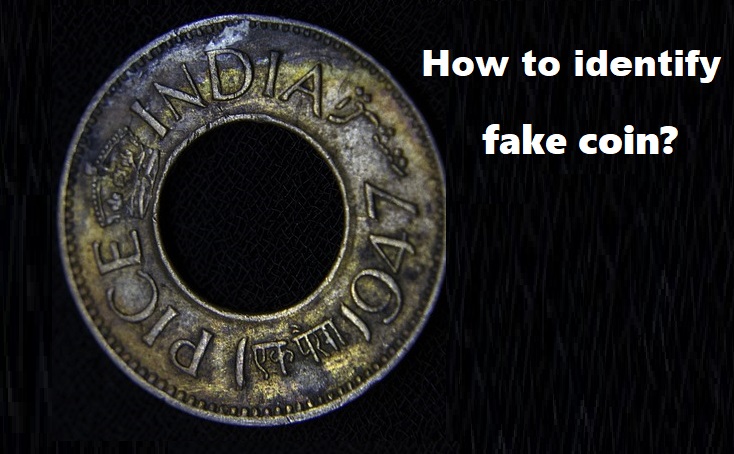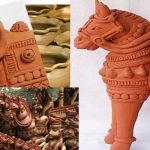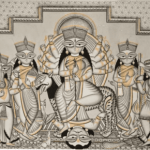
पुनेरी पगड़ी को चक्रीबंध का आधुनिक संस्करण माना जाता है। पुनेरी पगड़ी को सबसे पहले 18वीं शताब्दी में न्यायमूर्ति महादेव गोविंद रानाडे, जिन्हें 'न्यायमूर्ति रानाडे' के नाम से भी जाना जाता है, ने सामाजिक सुधारों को समर्थन देने के लिए पहना।
Glassware as an Art Form: A Stunning Expression of Creativity and Skill


Fake ancient coins is a persistent problem. These coins are often made to look like valuable, historical coins and are sold to collectors and investors as genuine artifacts. However, they are not authentic and have no real historical or cultural value. This not only affects the integrity of the artifact market, but it also harms the interests of genuine collectors and enthusiasts who spend time and money acquiring authentic coins.
Fake coins can be of two types. There are fake coins which are minted contemporarily at the same time as the originals. They have their own historical significance. The other types of fake coins are those which are minted in present time and that is the kind of fakes that we will focus on. The interesting part is even these fake coins will be historically significant a couple of centuries later.
One of the major motivations of making a fake is money. Rare coins trade at a very high value. Replicas are also created at times by collectors to cover a gap in their collection but in those cases they mention Copy or Replica or letter R on the coin.
Fake coins which are made with a motivation to earn money usually target the low price range ancient coins. If an ancient coin carries a high price tag, the chances are that a lot of experts will examine a piece before it changes hands. The cost to make a fake of such a coin also becomes very high as the counterfeiter has to nail every small detail. A small mistake and all the money put on minting fake goes down the drain. Ancient coins with a lower price tag usually don’t go through such rigorous examination. Even if a buyer finds it at a later stage, the money involved is so less that they choose to not chase the seller. However, when you are buying a coin, if you take care of certain aspects, the chances of yours getting cheated becomes much smaller.
Let’s look into some of the aspects that can help in making a judicious decision and reduce the probability of buying a fake.
Note: These tips are general guidelines, and fakes can be very sophisticated. The only way to be sure of a coin’s authenticity is to have it examined by a professional with expertise in ancient coins. If you are a professional who understands how to identify fake from genuine, you can register your services on थिग्मा.
Image courtesy: https://pixabay.com/photos/coin-hole-india-ancient-old-pice-390581/

पुनेरी पगड़ी को चक्रीबंध का आधुनिक संस्करण माना जाता है। पुनेरी पगड़ी को सबसे पहले 18वीं शताब्दी में न्यायमूर्ति महादेव गोविंद रानाडे, जिन्हें 'न्यायमूर्ति रानाडे' के नाम से भी जाना जाता है, ने सामाजिक सुधारों को समर्थन देने के लिए पहना।

गोरखपुर टेराकोटा की कलाकृतियां स्थानीय लोककथाओं, पौराणिक कथाओं और प्रकृति से प्रेरित रहती हैं । इसमें पशु, पक्षी, फूल और धार्मिक आकृतियाँ शामिल हैं। शिल्पकार मिट्टी के बर्तनों पर सुन्दर और जटिल डिजाइन बनाने के लिए विभिन्न तकनीकों का उपयोग करते हैं, जैसे नक्काशी, उकेरना और रंगना।

Bengali Patachitra, a traditional form of scroll painting hailing from the eastern Indian state of West Bengal, is a captivating world of art that tells stories, legends, and myths through vibrant visuals. Patachitra, derived from the Bengali words “pata” (cloth or canvas) and “Chitra” (picture), is an art form deeply rooted in the cultural heritage of Bengal. In this blog, we will take a colourful journey into the fascinating world of Bengali Patachitra, exploring its history, techniques, themes, and cultural significance.